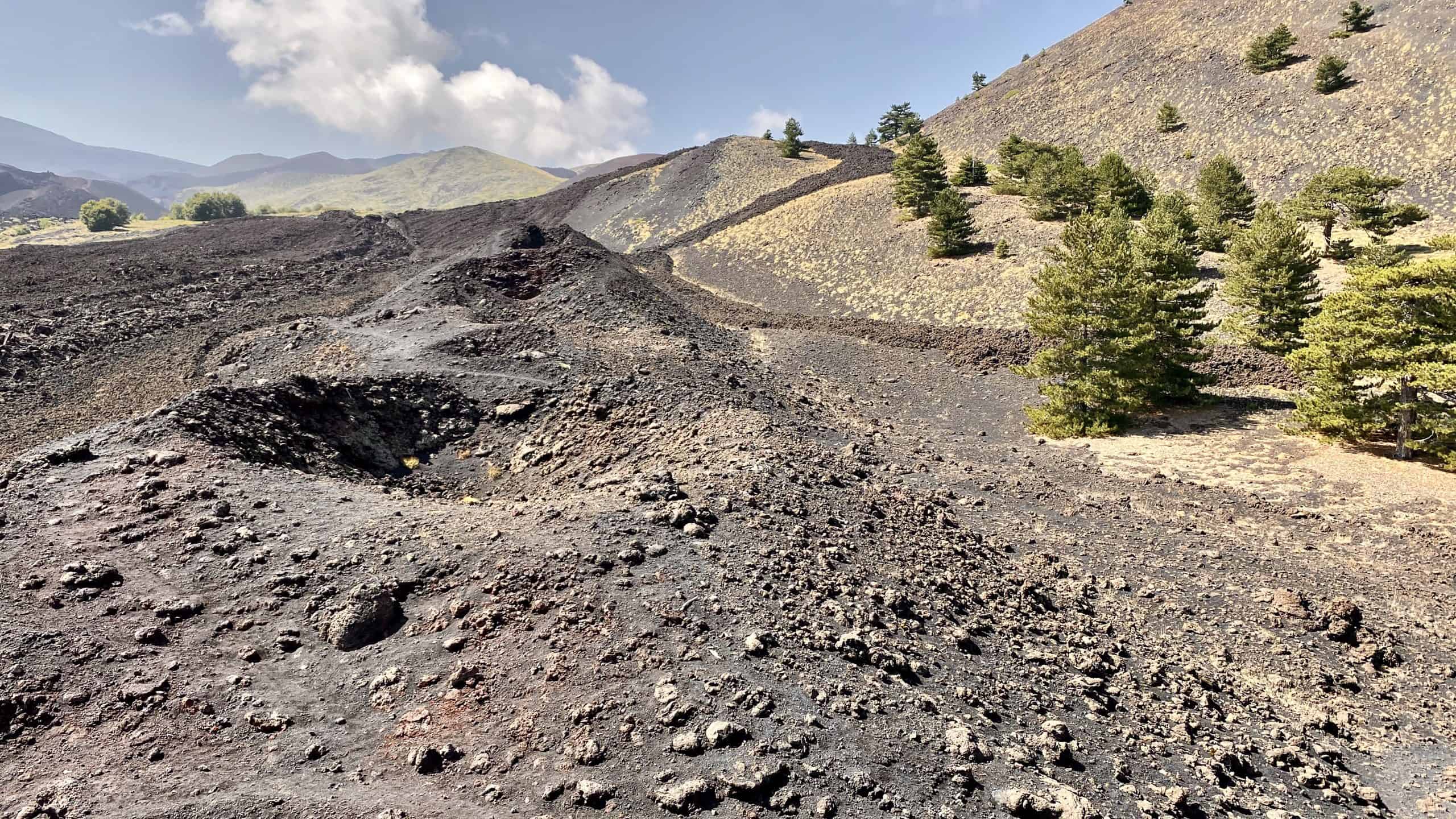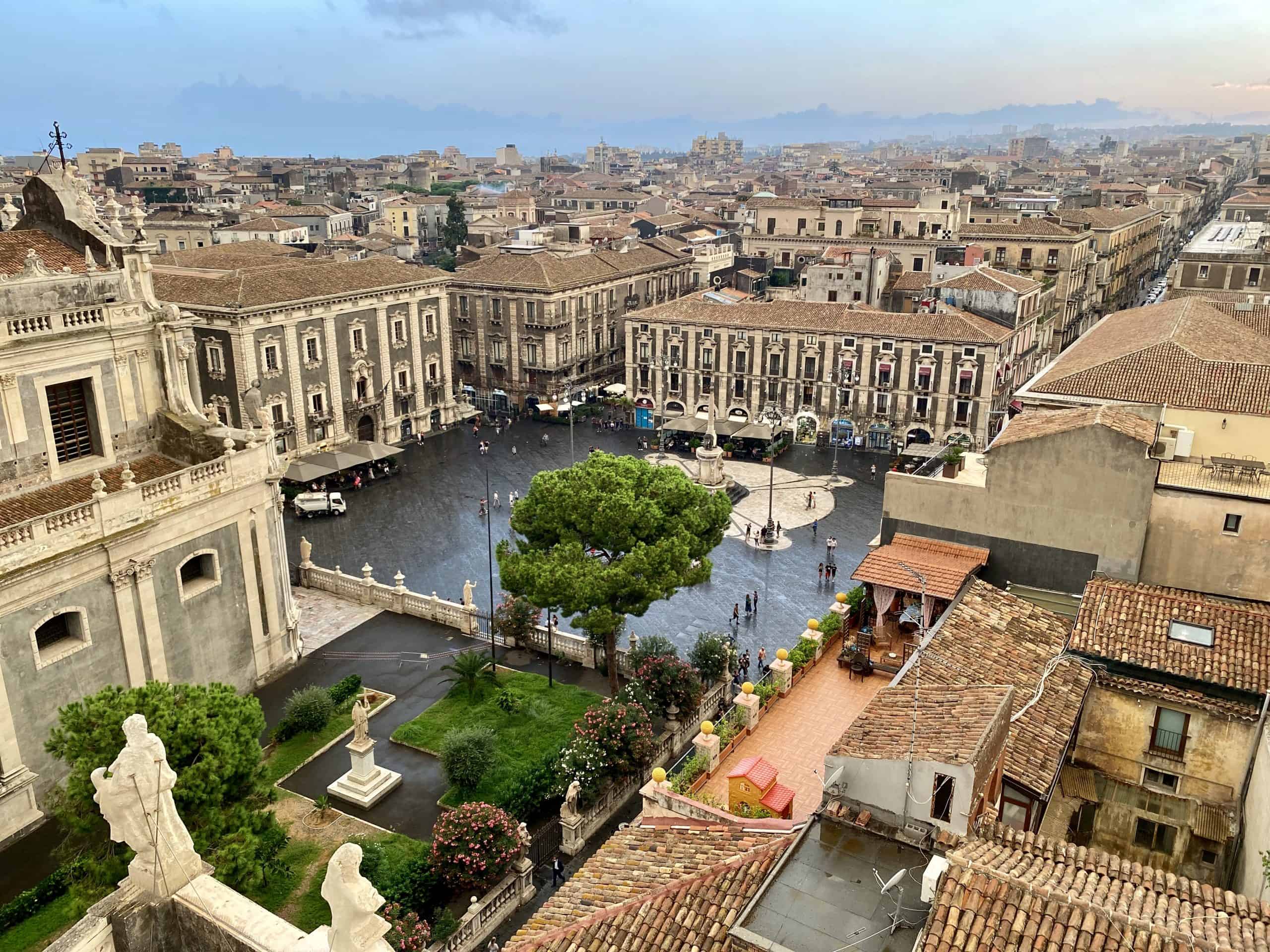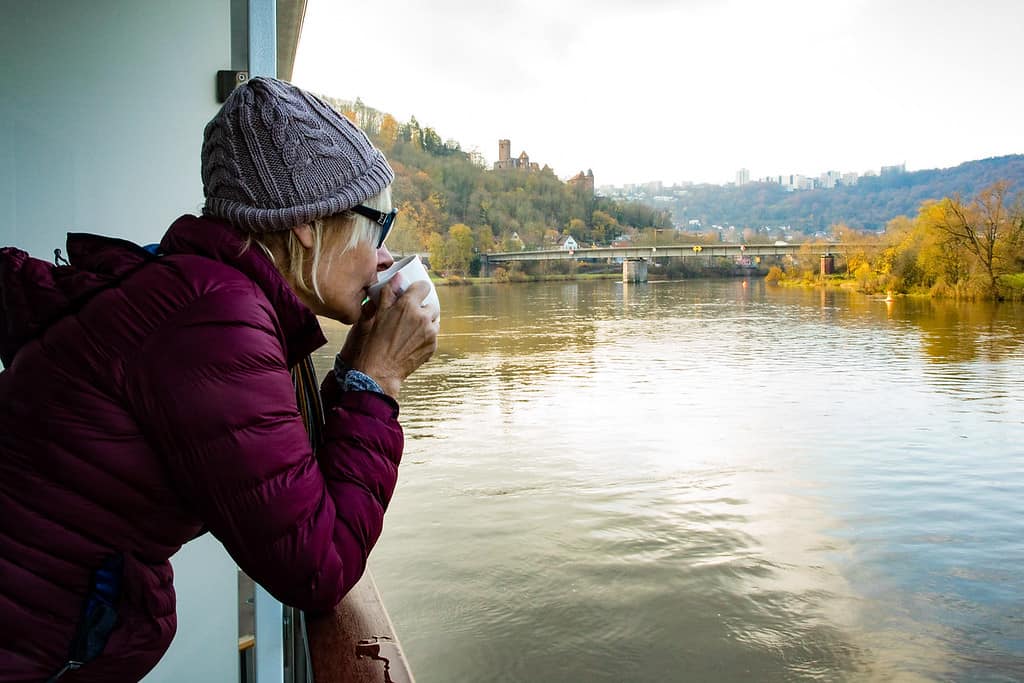Last Updated on January 18, 2023 by Sarah Wilson

When we mentioned to a friend what a lovely time we had had in Évora, she responded, ‘Why does everyone always visit Évora? There is so much more to see in the Alentejo region.’
‘Well, you’ve lived here longer than us; where would you recommend?’
This Got Us To Thinking Castelo de Vide Would Be a Great Place to Live in Portugal
And that’s how we found ourselves on a sunny Monday afternoon in beautiful Castelo de Vide in the Alto Alentejo region close to the border with Spain. Jonathan and I have come across many gorgeous towns in Portugal, but this was one of those ‘wow, we could live here’ kind of towns! We had only planned to spend one night, but one night turned into two.

To be honest, there’s not really that much to see; well, there’s a castle and a few churches, but it’s the views over the Serra de São Mamede, it’s the charming red-roofed, white houses on cobbled stone streets lined with flowers; the squares with its many bars and cafes; the small shops selling local produce. (Alentejo is famous for its cheeses and wines.)
It’s the many restaurants serving up traditional dishes such as porco preto (black pork). We had a lovely meal at the Confraria restaurant that’s tucked away on a side street just off the main square. We opted for the taster menu, where you get a chance to try several dishes; it’s very much meat-based, so not recommended for vegetarians!
See also:
- Medieval Fair in Obidos, Portugal
- Photo Essay: Battle of Vimeiro, Portugal
- Drive Through the Algarve from Alte to Vila Nova de Milfontes
The best way, as with most towns, is to explore on foot. The old quarter inside the castle is described as ‘one of the best preserved medieval towns in Portugal,’ and it’s lovely.
Most of the homes are still lived in by locals. Very few have been turned into guest houses, so it’s real everyday life, and that’s part of Castelo de Vide’s charm.

Just outside the castle’s walls is the Judiara (the Jewish Quarter), where many Jewish people fled during the times of the Spanish Inquisition. Portugal was a lot more tolerant than Spain, but the Jews were still very much restricted as to where they could live.
Below the medieval town and the Jewish Quarter is the ‘modern’ part of town, well ok, not that modern, most of the buildings are from the 17th and 18th century. And there are some beautiful old buildings surrounding the main square, the Praça Dom Pedro V, where an outdoor market is held every Friday.

Just a few miles away from Castelo de Vide is the medieval village of Marvão. At 865 meters above sea level, it’s the highest village in Portugal. This is another picturesque village with white-washed homes bedecked with flowers. To enter the village, you pass through a narrow medieval archway.
The 13th-century walls that surround the village are still mostly intact. At the highest point of the village stands Marvão Castle. This castle was built in the late 13th century. From the castle, there are fantastic views of the Spanish border just 15 kilometres away and the stunning terrain of northern Alentejo. There’s a small fee to enter the castle.
We enjoyed a simple Portuguese lunch in Marvão at a restaurant with fabulous views over the countryside. It was very quiet when we were there; very few people seem to live in this village, and many of the homes inside the village had been converted into guesthouses or hotels. It would be a charming place to stay for a few nights to escape the crowds.
This part of Portugal has many well-signed walks. If we didn’t have the car, we could have followed the old medieval 9.5km path from Marvão back to Castelo de Vide, maybe next time.

How to get to Castelo de Vide and Marvao, Portugal
The easiest way to explore Alentejo is by car. Apart from visiting the towns, there are Roman ruins to explore and megaliths to discover or just drive and admire the scenery.
Without a car, it is possible to take a day trip tour from Lisbon, but you really should stay the night, and it would be a very long day.
Or you could take a bus from Lisbon to Portalegre and then a taxi.
We recommend renting a car or camper, the roads are good in Portugal and driving offers so much more freedom.
Tips for visiting Castelo de Vide and Marvão
Drive yourself, don’t rely on public transport.
Wear comfy shoes, as many of the streets are cobbled.
In the summer months, the Alentejo region can be very hot so avoid exploring in the middle of the day. Do as the locals do, enjoy a leisurely lunch under shade and take a nap.
Drink lots of water.
If you enjoy hiking, pick up some of the hiking maps from the tourist offices in the area. The paths are well-signposted, and there are several to choose from.
Enjoy the Alentejo region; it offers some of the best food and wine in Portugal.
Travel slow.
Where To Stay In Castelo de Vide and Marvao
For accommodation in Castelo de Vide, check here.
For accommodation in Marvao, check here.

For More Posts On Portugal, Check These Out
- Queluz National Palace And Gardens (Palacio de Queluz)
- Tomar, Portugal the Convento de Cristo and Tomar Castle
- What to See When You Visit Evora, Portugal
- Drive Through the Algarve from Alte to Vila Nova de Milfontes
- Obidos, Castle On The Silver Coast of Portugal
- What To Do With One Day In Lisbon
- Visit to Viseu
- Portuguese Food
- Golega National Horse Fair
- Nazare For The Surf And Giant Waves
- Berlenga Islands
- Batalha Monastery
- Aveiro
- Iberian Wolf Sanctuary
- Evora
- What To To In Porto
- Visit to Aveiro, Agueda, Costa Nova and Barra Portugal
- Alcobaca
- Terceira Island, The Azores
Disclaimer:Some of the links on this website are “affiliate links”, meaning that if you click on the link and make a purchase, I will receive a small commission at no extra cost. This helps me to keep my website running and continue to share my travelling knowledge with you. I thank you for using the links on my website.







Such a gorgeous place! Thanks for sharing your tips.
I am from Marvão! Thanks for the visit and for the amasing post.
We loved this trip! Plan to return.
Nice! You are wellcome.:D
I’ve become slightly obsessed with Castele de Vide and Marvaô. I’m planning a visit this summer as I seek out places for retirement in a few years.
Hi William. They are beautiful places and we considered Castelo de Vide as a place to live. Ultimately, we decided against it because it is a little isolated out there on the border. If we had found the exact right place we may have moved there though.